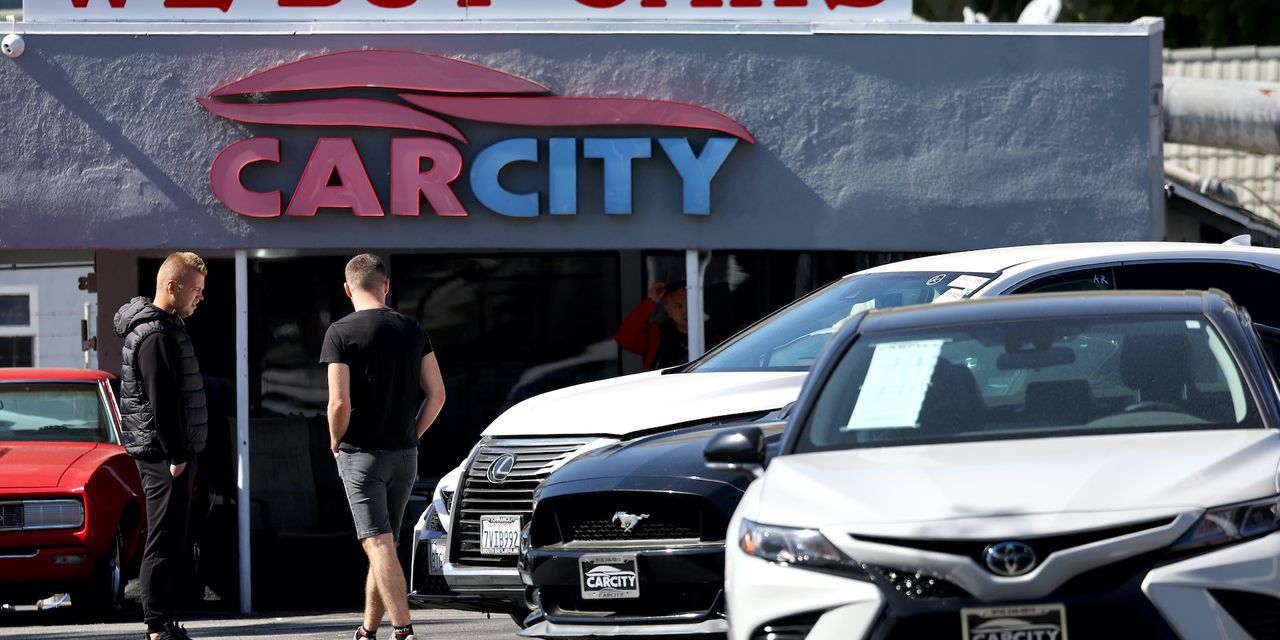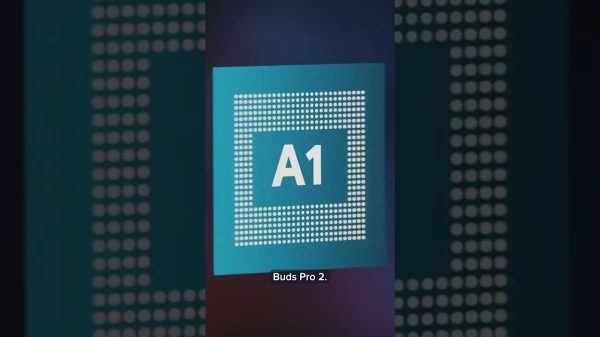New car prices are at near-record levels, and many drivers consider older used cars to meet their commuting needs. But how old is too old for a reliable car? While there are no rigid rules to follow when shopping for vehicles of a certain age, there are a few key factors to consider. Below, we’ll examine the most important things about purchasing an older used car.
When is a used car too old to buy?
As vehicles age, their safety features can become outdated. With modern technological advancements, consumers may discover older cars don’t meet their personal safety standards. This is often true for buyers shopping for family-friendly vehicles like full-size sedans and SUVs.
Additionally, maintenance costs can quickly add up as cars age. Parts are harder to find, and labor is more time-intensive. If these concerns make you uneasy, avoid cars over 20 years old. This rule of thumb may help ensure your vehicle choice is still safe, reliable, and affordable.
Also see: How long you can expect an electric car to last
What to consider when buying an older car
While vintage charm and potential lower purchase prices lure some shoppers, critical factors come into play when buying an older car. As mentioned above, many of the safety features and technologies we’ve gotten used to in modern vehicles weren’t even on the radar as recently as 12 years ago, the average age of cars on the road today. Before you commit, pause to consider what matters most to you.
Safety
Many used car shoppers have two ideas regarding safety: The more expensive the car was originally, the better it will be. And the newer the vehicle is, the better it will be.
Keeping those two notions in mind, here are a few general guidelines.
- Front airbags became federally mandated for the 1999 model year. Side airbags aren’t mandatory, but many automakers started including them as a safety feature in the 2000s.
- Since model year 2012, all light-duty vehicles have electronic stability control, though the feature was standard on many higher-end cars before that.
- Vehicles with anti-lock braking systems were commonplace in the 1990s and became required equipment in 2013.
Although it depends on the car, we believe the early 2000s are an excellent place to start your search if you’re interested in safety. You’ll have other now-standard features like front airbags, anti-lock brakes, and side airbags. Check your car’s equipment list to ensure those items are included.
New vehicles have included rear-view cameras since 2018, though the feature was often included in premium cars earlier in the 2000s. Automatic emergency braking is standard in 90% of new vehicles in 2023; you can find it in about 65% of cars from 2015 and later. Both of these features improve safety and are incentives to seek out a newer used vehicle.
Check out: 10 top used sedan models for a $20K budget
Reliability
If reliability is your top priority, you probably don’t want to buy a vehicle that’s too old. After all, the older a car is, the less reliable it’s likely to be, even if it’s a well-maintained, low-mileage vehicle with a good reputation, such as a Toyota
TM,
or Honda
HMC,
Reliability depends on the vehicle and how many miles it’s covered. We wouldn’t go beyond the early 2000s for any daily driver because parts can be harder to find once a car crests 20 years of age. For higher mileage vehicles with more than 150,000 miles on the odometer, we might recommend trying to find a newer model year than the early 2000s.
See: The most and least reliable car brands, according to Consumer Reports
Equipment
What if you want the latest and greatest technology from your used car? Once again, this depends on your chosen vehicle, but generally, newer vehicles will be better than older ones.
For example, 10 years ago, heated rear seats were considered a tremendous luxury reserved for only the most expensive cars. Today, the feature is on the options lists of most family sedans and even some compacts. It’s the same story with automatic climate control, adaptive cruise control, and ventilated front seats. A panoramic sunroof and many other items once considered luxuries have become relatively commonplace today.
As a result, we suggest going for the newest possible model you can find if you’re looking to maximize your equipment. If you choose a high-end luxury car, such as a BMW
BMW,
or a Mercedes-Benz
MBG,
beware of potentially high maintenance bills that can make these vehicles even more expensive to own as they age.
Be sure to read: If you want a good, used compact car for under $20,000, look for one of these models
What is the best age to buy a car?
According to data from Cox Automotive, Autotrader’s parent company, the average new car transaction price is over $48,000, and the average listing price for used cars is over $27,000. If these numbers are outside your budget, you must balance age, cost, safety, and reliability. Cars older than 5-7 years will often be priced lower than average while still having the modern features that impact your daily driving experience. Some may also still be covered under the factory warranty. Cars older than eight to 10 years will be a riskier option, depending on the driving and maintenance history, while vehicles over 15 to 20 are usually nearing the end of their service lives.
This story originally ran on Autotrader.com.
Read the full article here













